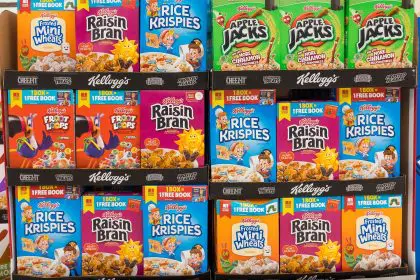In today’s fast-paced digital world, the significance of a compelling brand narrative cannot be overstated. For businesses aiming to resonate with their audience, especially within the Black community, an authentic narrative is essential. This article delves into the importance of crafting a brand story that not only captures attention but also fosters a genuine connection with consumers.
Understanding brand narrative
A brand narrative is the overarching story that encapsulates the values, mission and vision of a brand. It goes beyond mere marketing; it’s about creating a relatable and engaging story that reflects the brand’s identity. An effective brand narrative can evoke emotions, inspire loyalty, and, ultimately, drive consumer behavior.
Why authenticity matters
Authenticity is the cornerstone of a successful brand narrative. In a world where consumers are increasingly skeptical of traditional advertising, they seek brands that are genuine and transparent. Here are some reasons why authenticity matters:
Builds trust: When a brand communicates its story authentically, it builds trust with its audience. Consumers are more likely to engage with brands that are honest about their values and practices.
Encourages loyalty: An authentic narrative fosters a sense of belonging among consumers. When they feel connected to a brand’s story, they are more likely to become loyal customers.
Enhances engagement: Authentic stories resonate more deeply with audiences, leading to higher engagement rates across social media and other platforms.
Crafting your brand narrative
Creating an authentic brand narrative involves several key steps:
1. Define your core values
Start by identifying the core values that your brand stands for. These values should reflect what your brand believes in and how it wants to impact the community. For example, if your brand prioritizes sustainability, make that a central theme in your narrative.
2. Know your audience
Understanding your target audience is crucial. Conduct research to learn about their preferences, values, and pain points. This knowledge will help you tailor your narrative to resonate with them effectively.
3. Share real stories
Incorporate real stories from your brand’s journey, including challenges faced and milestones achieved. These stories humanize your brand and make it relatable to your audience.
4. Be consistent
Consistency is key to maintaining an authentic brand narrative. Ensure that your messaging aligns across all platforms, from social media to your website. This consistency reinforces your brand’s identity and builds recognition.
5. Engage with your community
Engagement is vital for a successful brand narrative. Encourage feedback and interaction from your audience. This two-way communication not only strengthens relationships but also provides valuable insights into how your narrative is being received.
Examples of successful brand narratives
Several brands have successfully crafted authentic narratives that resonate with their audiences:
Fenty Beauty: Founded by Rihanna, Fenty Beauty’s narrative centers around inclusivity and diversity, offering a wide range of shades for all skin tones.
SheaMoisture: This brand emphasizes its roots in the Black community, sharing stories of empowerment and cultural heritage.
Nike: Known for its motivational messaging, Nike’s narrative often highlights stories of athletes overcoming adversity, inspiring consumers to push their limits.
As consumers increasingly seek brands that reflect their values, the power of a well-crafted narrative cannot be underestimated. The journey begins with a story that is not only heard but felt.
















